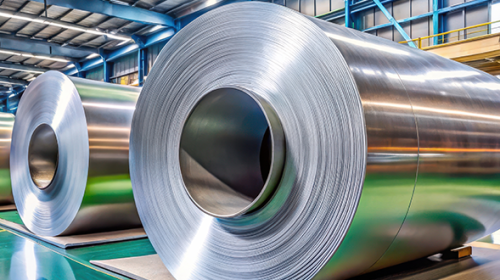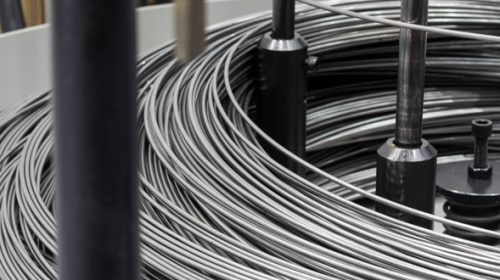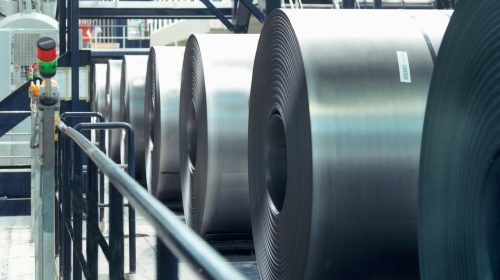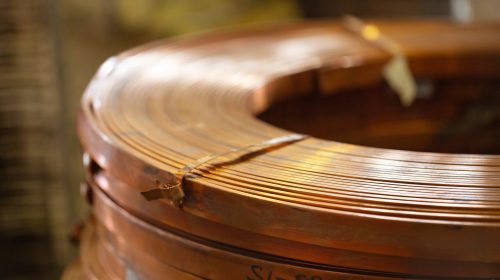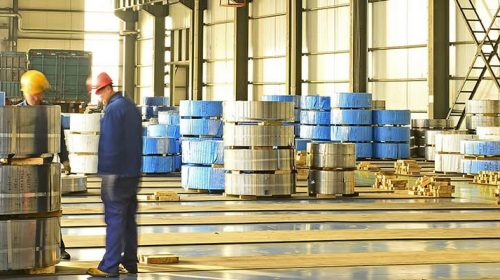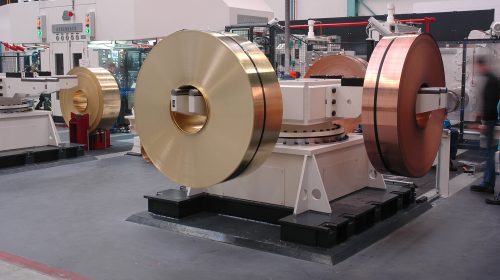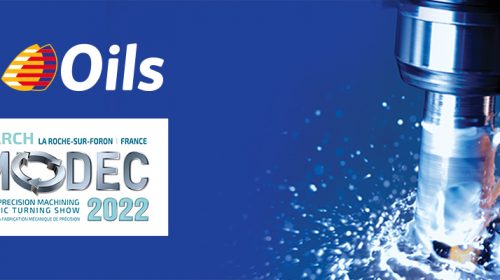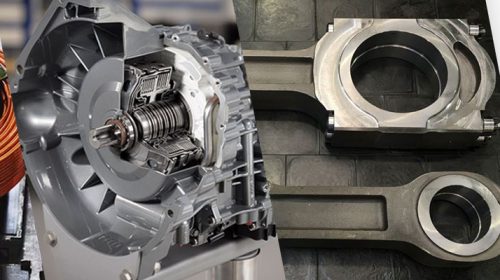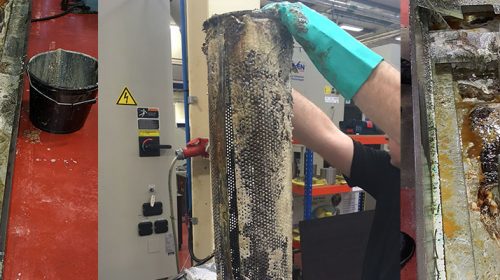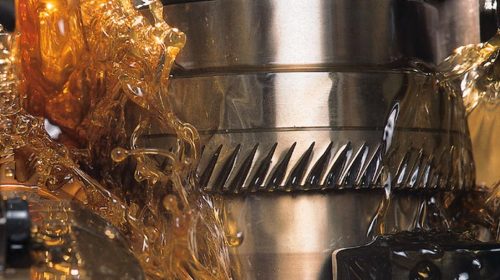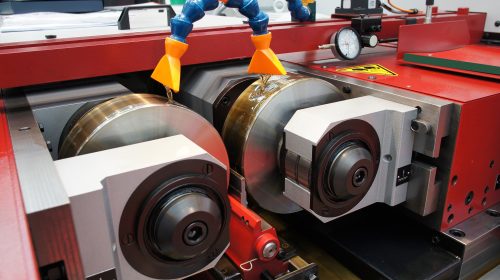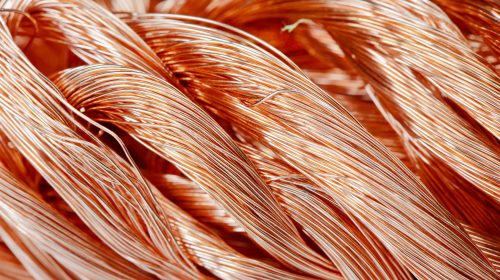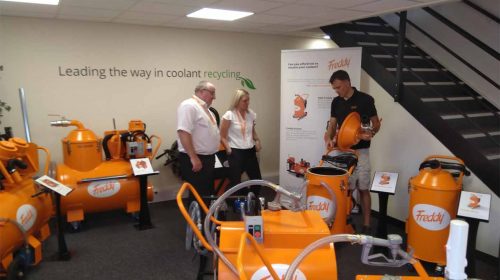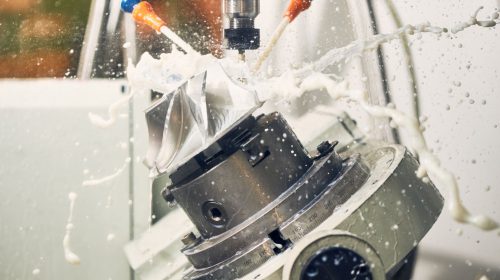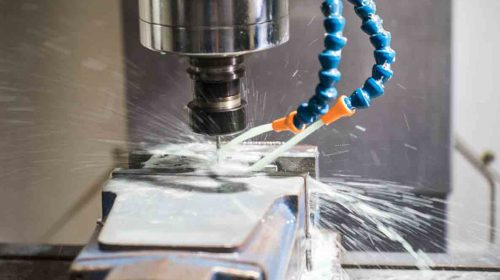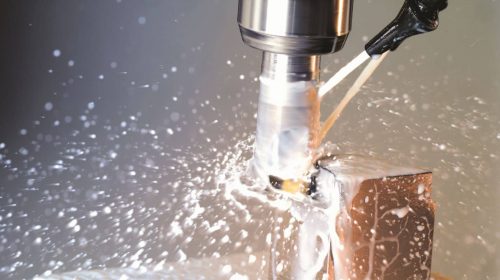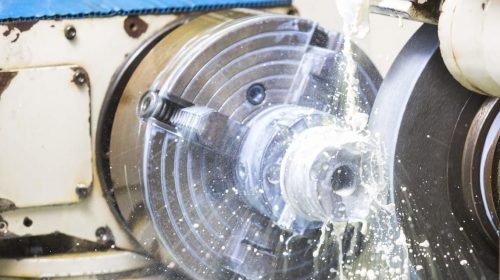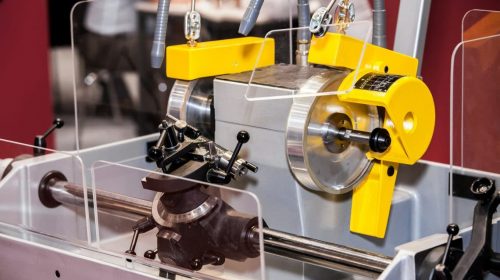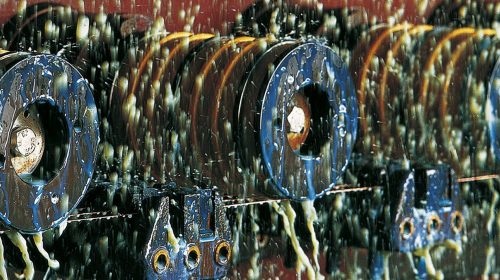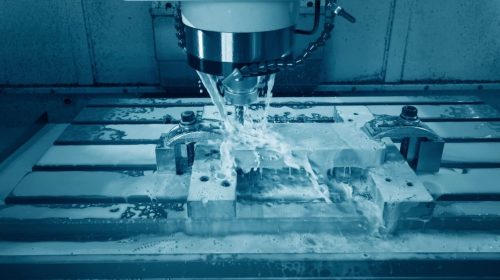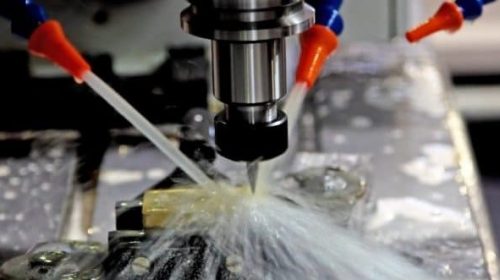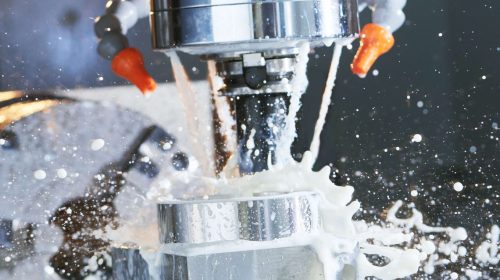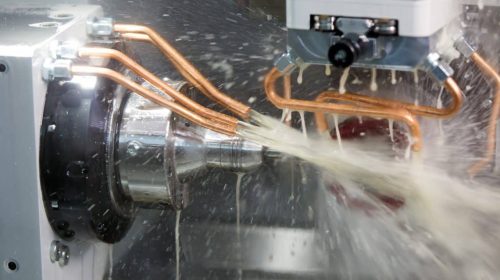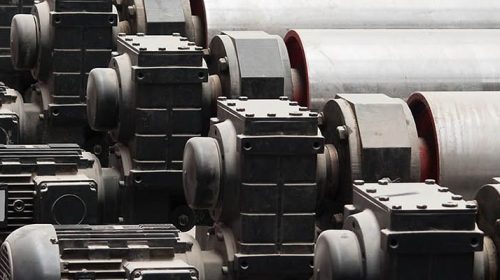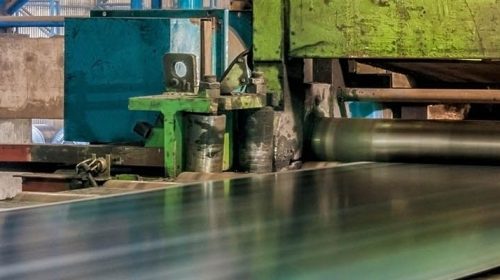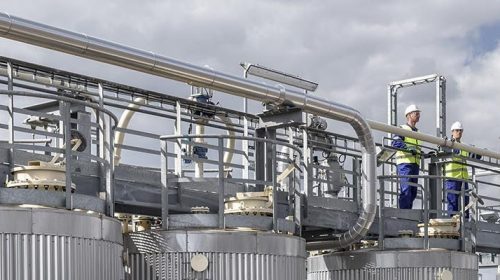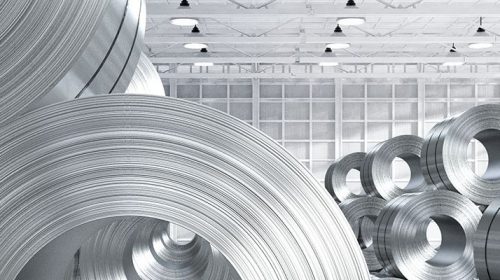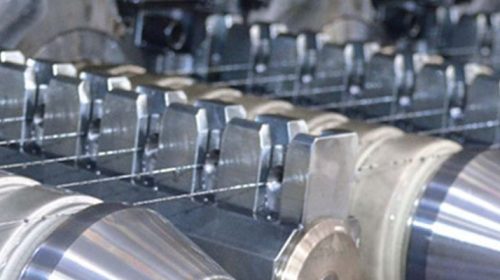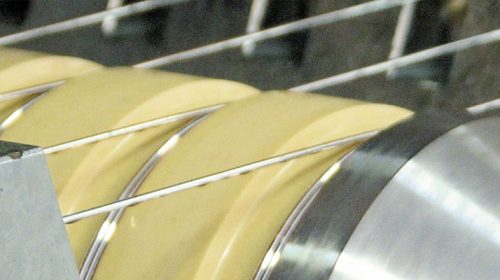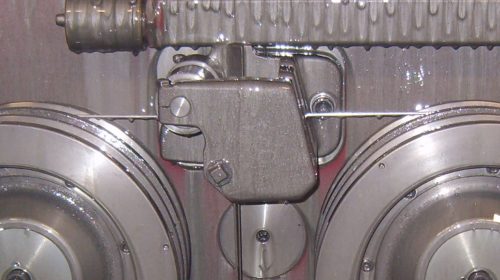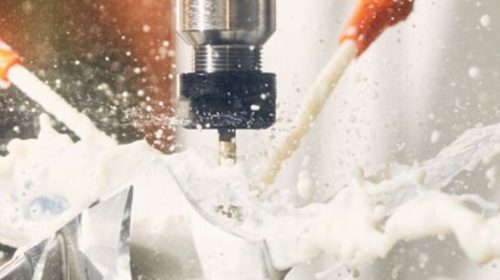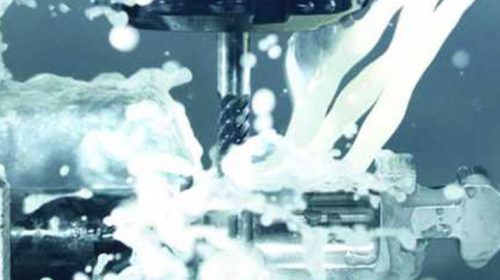Cold rolling mills exist in various sizes, each requiring a specific lubrication method. Larger cold rolling mills use cold rolling oils both for lubrications and cooling. Other oils, such as hydraulic fluids may contaminate the cold rolling oil. To guarantee the performance of your cold rolling oil and the quality of the metal surface, you must use the right hydraulic oil for your cold rolling mills.
Some smaller cold rolling mills use only a small amount of oil to lubricate the strip and rolls, often referred to as minimum quantity lubrication. The used cold rolling oil remains on the strip or is afterwards removed by the degreasing unit.
Why you must choose the right hydraulic oil for your cold rolling mills
Mid-sized or large cold rolling mills need the neat cold rolling oil not only for lubrication, but also for cooling. This results in a high oil flow and the necessary recovery of the oil underneath the cold rolling mill. Typically the oil is reused in the cold rolling mill after filtration. Filtration systems are designed to purify the oil by removing the metal particles. However, contamination by other oils, such as hydraulic fluids, remains in the cold rolling oil and cannot be removed. This means it is important to choose the right hydraulic oil for use in the cold rolling mill.
The negative effects of incompatible hydraulic oils for cold rolling mills
When hydraulic oil leaks into the cold rolling oil, it gets diluted and contaminated, resulting in various negative effects:
- The additive levels of the cold rolling oil will slightly decrease, while unwanted additives from the hydraulic oil are added to the cold rolling oil.
- The viscosity of the cold rolling oil will increase by contamination with the higher viscosity hydraulic oil.
- The performance of the cold rolling oil will reduce, leading to a lower productivity and an inferior quality of the produced metal strip.
What is the right hydraulic oil for cold rolling mills?
Most of the standard hydraulic fluids are zinc based as these are (cost) effective additives to protect the hydraulic system against wear. However, these type of fluids can cause stains on the surface of the metal strip. Especially if there is remaining oil on the metal surface when it enters the annealing step.
Therefor it is strongly advised to use only cold rolling oil compatible hydraulic fluids in the mill. Compatibility goes further than just the zinc based additives. Many other standard additives are unwanted in the cold rolling oil. And besides the additives, also the viscosity differs. Whereas cold rolling oil has rather low viscosity, typically ranging from 4 to 9 mm2/s in reversing mills, the viscosity of hydraulic fluids is standard 46 or 68 mm2/s.
Q8 Holst CR 15 hydraulic oil for cold rolling mills
In cooperation with OEMs, Q8Oils has developed a variety of hydraulic products for use in cold rolling mills. These hydraulic oils are fully compatible with cold rolling oils. An interesting example is the Q8 Holst CR 15 hydraulic oil, specifically developed on request of a German OEM for use in their designed and manufactured cold rolling mills.







